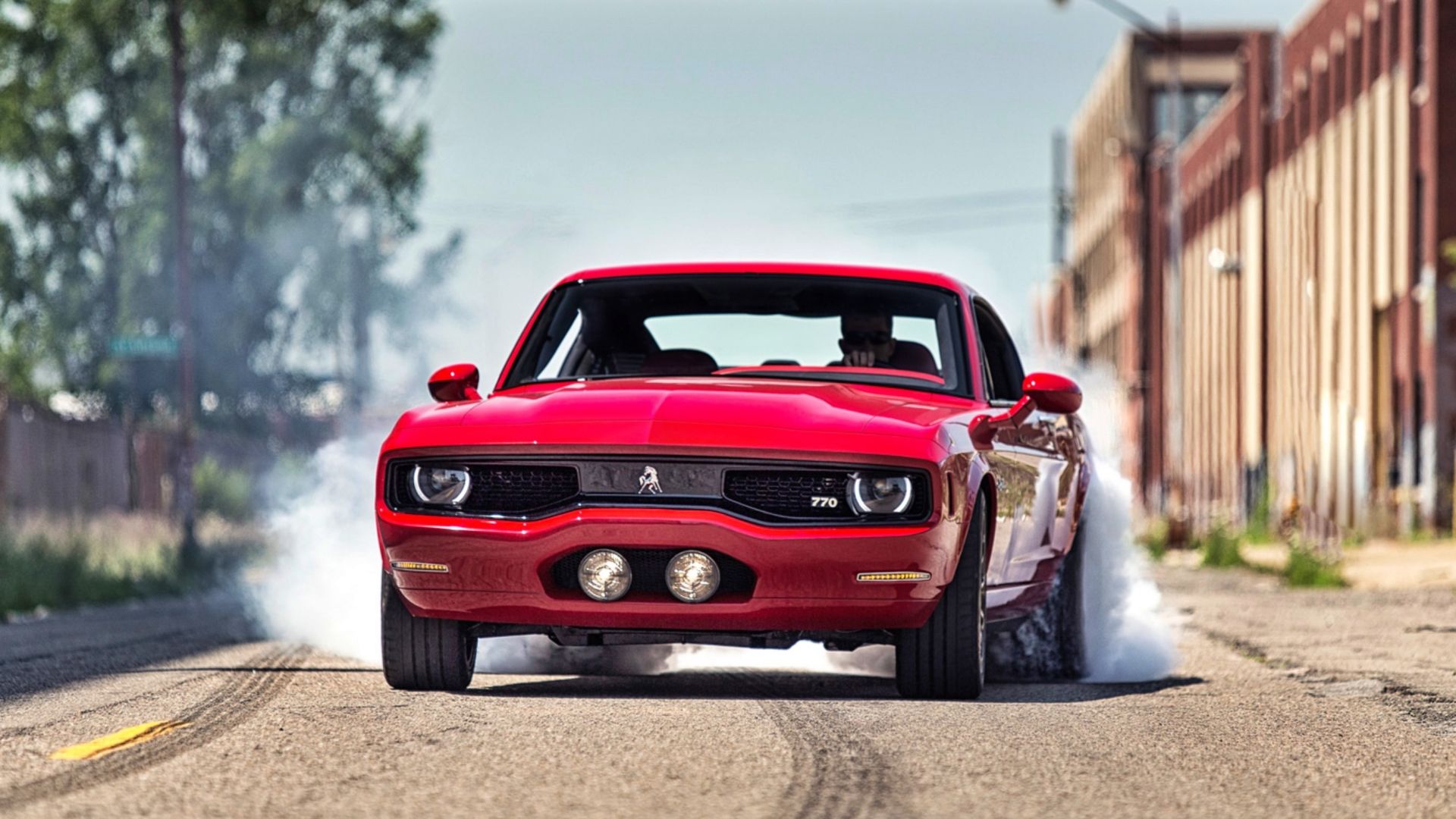Often referred to as “open face” motorcycle helmets, 3/4 motorcycle helmets have both benefits and disadvantages when compared to their full face counterparts. Motorcycle helmets were invented in the 1930s. In 1935, T.E. Lawrence, known commonly as Lawrence of Arabia, had been riding his motorcycle near his home in Wareham. A dip in the lane he was on prevented him from seeing two boys riding bicycles. Lawrence swerved to avoid the boys and, in the process, lost control of his motorcycle and suffered significant head injuries. After six days in a coma, Lawrence passed away. A neurosurgeon attending Lawrence, Hugh Cairns, began to study the use of helmets for motorcyclists, as a means of preventing this needless injury from happening again.
Today, there are five primary types of helmets on the market. These include: full face, off-road or motocross, modular or flip up, half helmet, and 3/4 helmet or open face. The 3/4 helmet covers the top and rear of the skull, but does not have the lower chin bar nor a face shield that is found in a full face model. A visor is sometimes found on this type of helmet and can be of a variety of tints and lengths. The visor is used primarily to reduce the glare from sunlight for the wearer. The unique design of the 3/4 helmet offers a variety of advantages and disadvantages for the rider.
Like a full face helmet, the 3/4 motorcycle helmet offers rear skull protection for the motorcycle enthusiast. Other benefits of the 3/4 helmet, when compared with a full face model, include better hearing as well as increased peripheral vision. The 3/4 helmet also allows for more airflow around the wearer’s skull, increasing comfort, especially in warmer weather. However, despite these advantages there are significant disadvantages that riders must take into consideration.
Although some 3/4 motorcycle helmets may have a sun visor attached, they do not have the protection of a full face shield to protect the rider’s face. This can result in bugs, dirt, debris, rain, snow, hail, and wind being pelted against the rider’s face that can lead to injury. This is of particular concern for the eyes. For this reason, many states with helmet laws in place require riders to wear wrap around sunglasses or goggles when wearing a 3/4 helmet. In some models, a face shield can be attached to the upper section of the helmet, to aid in protecting the eyes. The 3/4 helmet also offers little to no protection for the face during a crash.






More Stories
Elevate Your Off Road Experience with These Top Tips
Best Small 4×4 Off Road Top Picks for Compact Adventures
Off Road Driving Experience Master the Mud and Trails